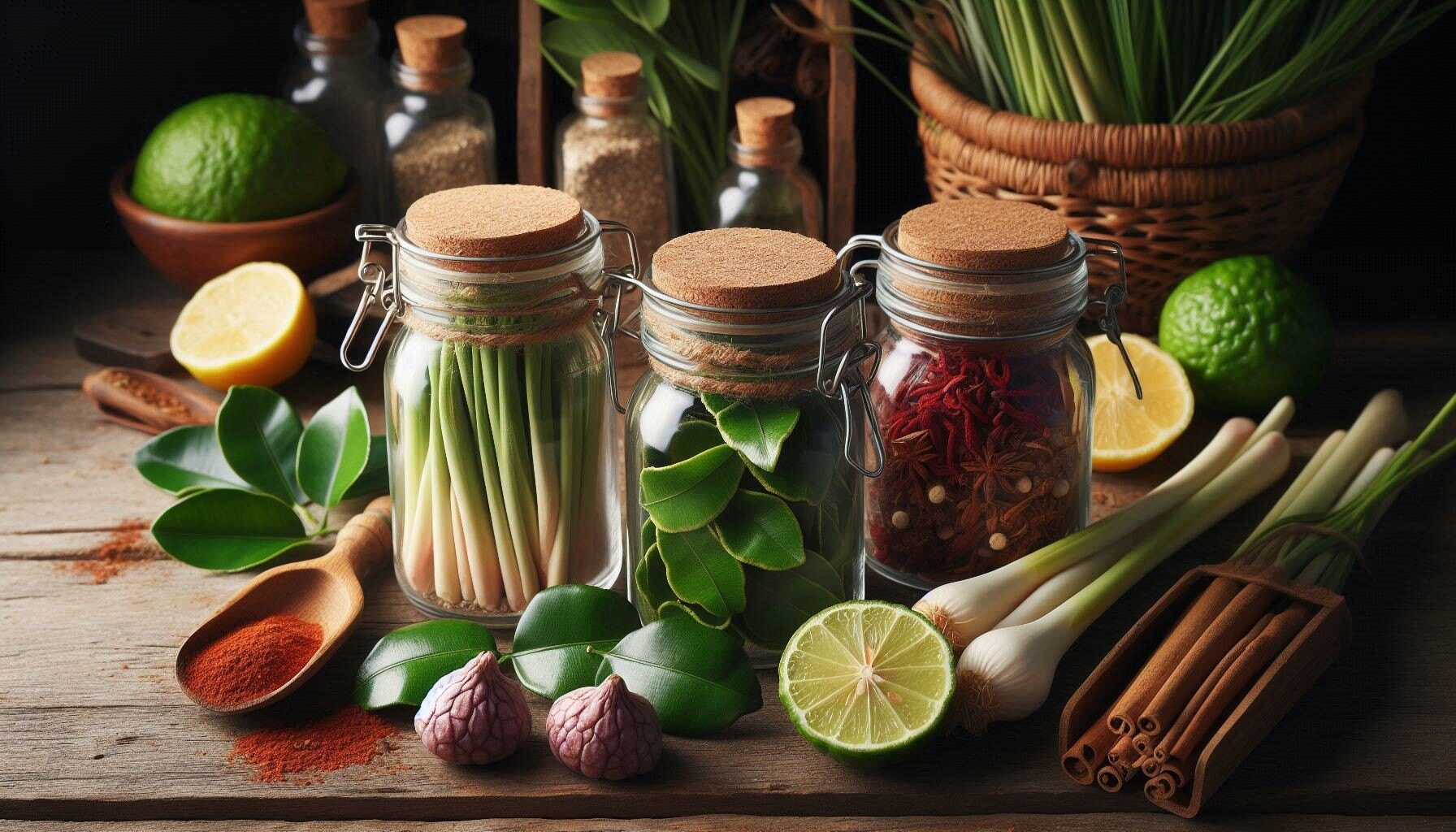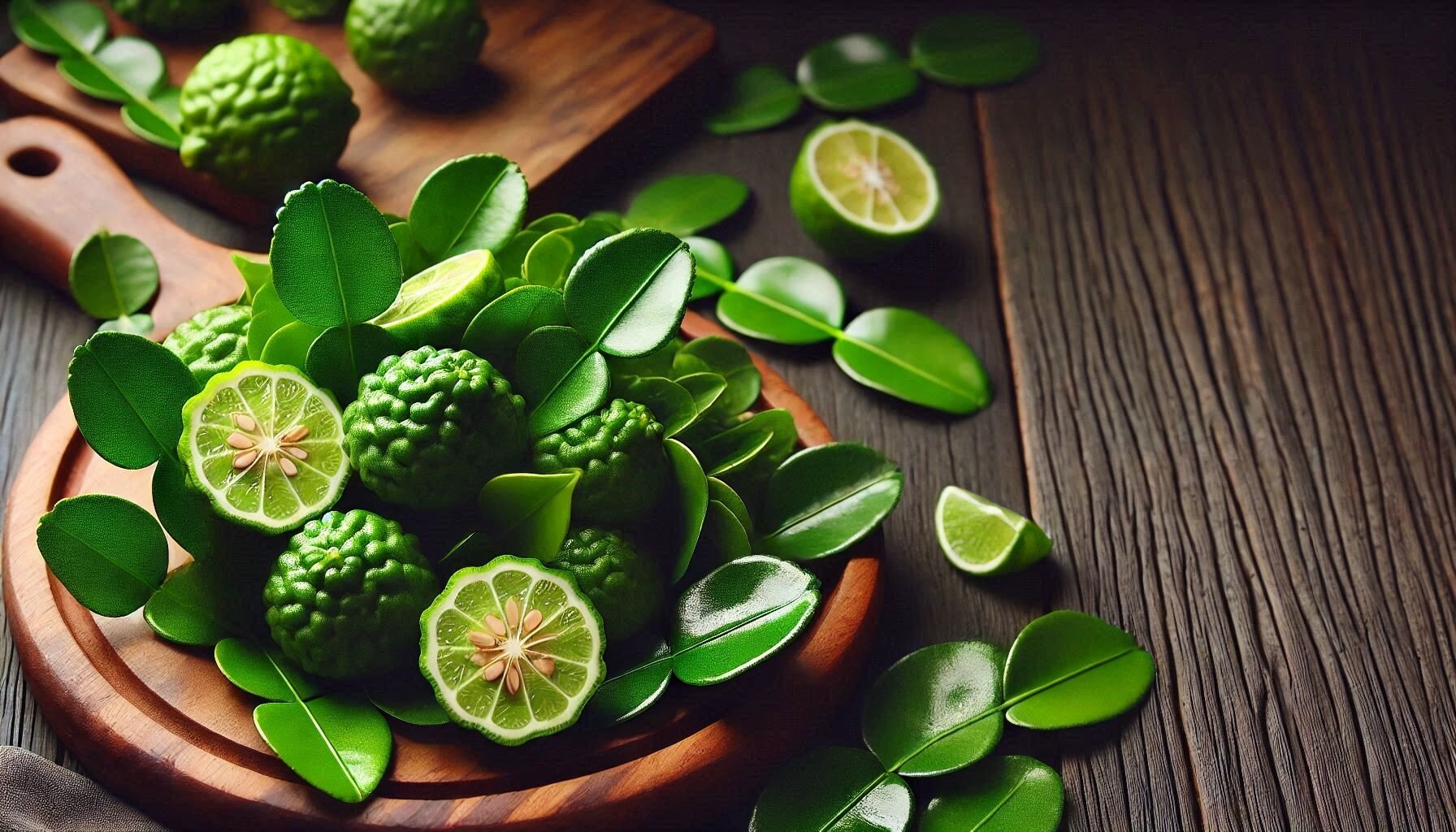Testimonials
See what people are saying
Spices Coffee Travel & Wine is a treasure trove of fascinating information! I've always been a coffee enthusiast, but their insights into different coffee blends from around the world have taken my appreciation to a whole new level. The articles are engaging and informative, making it my go-to site for my daily dose of coffee culture.
As a frequent traveler and wine lover, I am thrilled to have discovered Spices Coffee Travel & Wine. Their travel tips are spot on, and I love how they seamlessly integrate wine recommendations with travel destinations. It's like having a personal guide that makes every trip and wine selection extraordinary. Highly recommend this site to anyone who shares a passion for exploring new flavors and places.
Spices Coffee Travel & Wine has become my favorite online destination for discovering new spices and recipes. Their articles are not only informative but also inspire me to experiment with flavors I never would have considered before. The combination of travel and culinary insights makes this site a must-visit for anyone wanting to broaden their culinary horizons.

Citrusy and Tangy Spices: Lemongrass, Sumac, and Kaffir Lime Leaves

Lemongrass is also known by its scientific name: Cymbopogon citratus. It is native to Southeast Asia. Over the centuries, people have used lemongrass in traditional medicine and cooking. After World War I, people spread it to other tropical areas, like Madagascar and Central and South America. Since then, lemongrass has naturalized worldwide.
Uses: Chefs in Southeast Asia use lemongrass in a wide variety of dishes. It's also used in aromatherapy. It even serves as a natural insect repellent. Lemongrass oil has citronella. It repels insects.
Beverages: You can use lemongrass to provide a light, citrusy flavor to teas and beverages.
Savory Dishes: Lemongrass is often used in Southeast Asian cuisines. Chefs add lemongrass to soups, grilled meats, curries, and salads. It can also add a lemony punch to sweeter dishes.
Health Benefits: People know that lemongrass can relieve pain and fever. It has analgesic properties. It can aid digestion, promote weight loss, and reduce cholesterol levels.

Sumac is a plant used for thousands of years in the Middle East and Mediterranean. Greeks used sumac as a spice and for medicine at least 2,000 years ago. The Greek physician and pharmacologist Dioscorides has written about its health benefits. He traveled as a surgeon with the Roman armies of Emperor Nero. It let him study the medicinal properties of many plants, like sumac. Ever since then, traditional healers and cooks have used sumac.
Uses: Chefs use sumac, a spice known for its tangy, lemony flavor, in Middle Eastern dishes. People have also used it as a natural dye.
Savory Dishes: Sumac, with its lemony flavor, is popular in Middle Eastern and Mediterranean dishes. Its dry powder is often rubbed on meats. It's sprinkled on roasted vegetables and added to salads and dressings. It is also used in sweet and savory dishes. Sumac is a key ingredient in the Middle Eastern za'atar spice blend. It's very versatile.
Health Benefits: Sumac is one of the most powerful herbs used to lower blood pressure and improve digestion. Sumac has polyphenols and flavonoids. They stabilize blood sugar and reduce bone loss.

Kaffir Lime Leaves Citrus hystrix, or kaffir lime, is native to tropical Southeast Asia. This includes Thailand, Indonesia, southern China, and the Philippines. Chefs use the aromatic leaves in many Asian cuisines and medicines. Kaffir lime leaves are a popular ingredient prized for their unique citrus flavor. The citrus flavor comes from both the leaves and fruit. They both work to create the lemon aroma and flavor in Thai, Malaysian, and Indonesian cooking.
Uses: Kaffir lime leaves are often crushed to release the aromatic oils. They are then added to Thai and Indonesian curries and soups for their unique citrus kick.
Savory Dishes: Chefs use the leaves in soups like Tom Yum, providing a bright, citrusy flavor. The citrus aroma and taste of the leaves are also used in salads.
Beverages: Kaffir lime leaves give an aromatic touch to syrups or teas.
Health Benefits: You can use kaffir lime leaves to fight infections. This is due to its natural antibacterial properties. The leaves also have anti-inflammatory properties that can reduce inflammation and pain. The leaves are rich in antioxidants, to boost the immune system. They are also used for treating skin infections.
